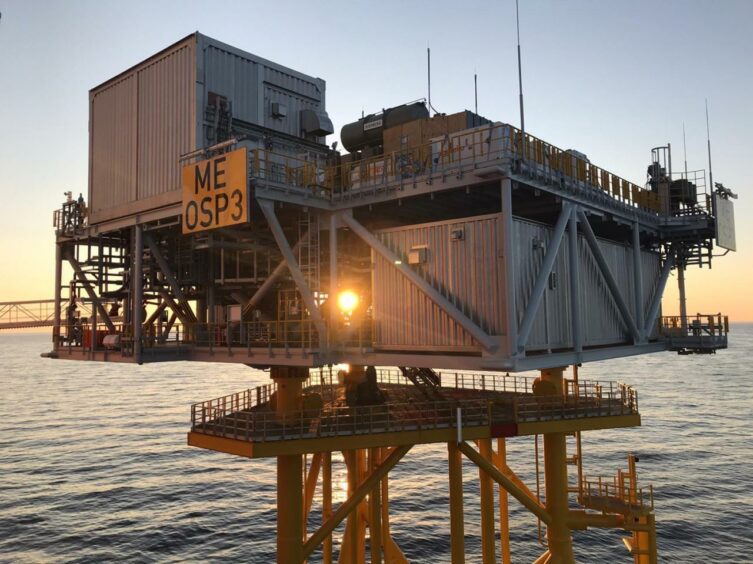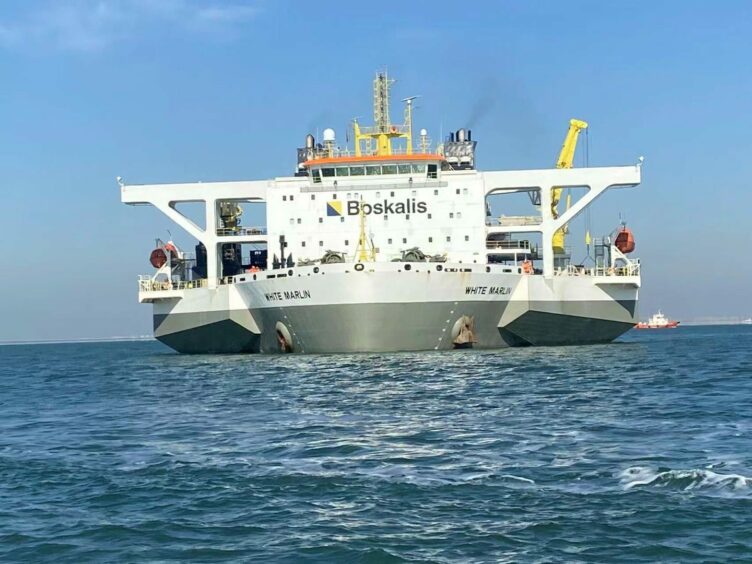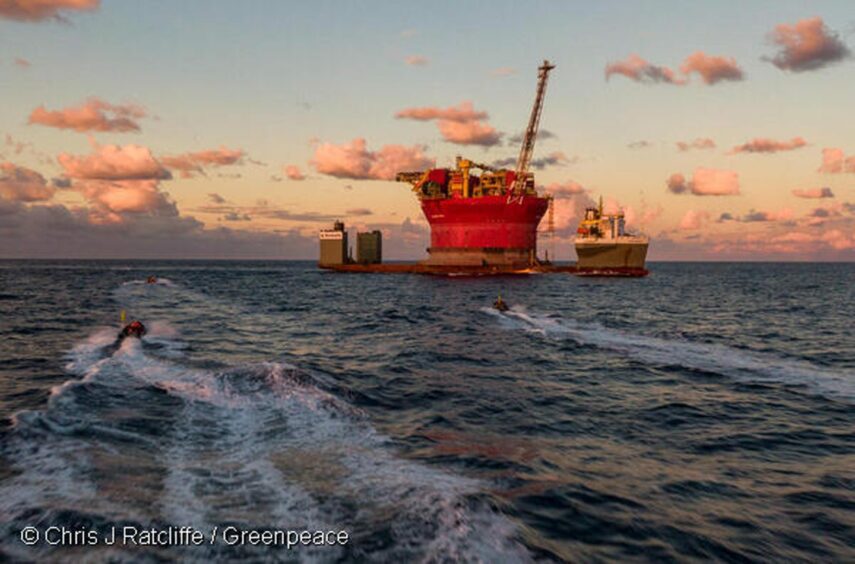
Dutch offshore contractor, Boskalis, has landed a “sizable contract” to transport components for the Moray West wind farm from the “Far East.”
As part of Boskalis’ end of the bargain, it will transport “a large number” of the monopiles from Asia to Invergordon in the Highlands, near the project site.
On each voyage, using the White Marlin vessel, eight of the monopiles will be brought to Scotland.
Prior to the installation of the foundations, Boskalis will carry out the seabed preparation activities by installing a layer of rock, that will act as a filter and scour protection for the monopiles.
The firm will then use its Bokalift 2 vessel, equipped with a 4,000-ton crane, to install the monopiles, using its new upending hinge and motion-compensated pile gripper.
Throughout its work, Boskalis will also use a “very large impact hammer and vibro-hammer”, while also installing two offshore substations.
Last year, it was also reported that the 60 turbines to be installed at Moray West will be delivered by the Spanish firm Siemens Gamesa.
Awarded by Ocean Winds, the 50:50 joint venture between EDP Renewables and ENGIE, the contract will see Boskalis carry out “a large number of the activities” to develop the offshore wind farm over the next 12 months.
Boskalis deems a “sizable contract” as one with a value of between £43 million and £131m.
Moray West, located in the Moray Firth, will consist of 60 offshore wind turbines, all fixed on monopile foundations, and will produce 882 MW, enough to power up to 640,000 homes in the UK.
Late last year it was reported that Ocean Winds had signed a deal with US tech giant Google to supply energy produced at the Moray West wind farm.
The White Marlin recently hit headlines as Greenpeace activists boarded the moving vessel for 13 days as it transported Shell’s Penguins FPSO from China to Norway – during this time the protestors travelled nearly 2,500 miles.
Among the six protestors on board was Imogen Michel, a Greenpeace activist from Ayrshire, Scotland, who spent over 290 hours aboard the vessel.
Once the FPSO had been brought into the Norwegian dock, the activists, the majority of which boarded just off the north-west coast of Africa, were able to descend the boom and disembark.
This was the longest occupation of a moving oil platform the activist group Greenpeace has ever been involved in.
Recommended for you



 © Supplied by Greenpeace
© Supplied by Greenpeace